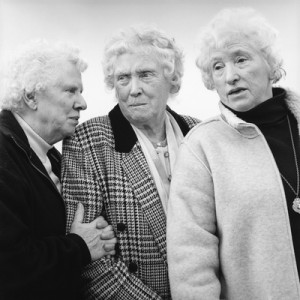Keeping Older Adults at Home
One of the worries of many people who reach their older adult years is the fear of being institutionalized and stripped of one’s independence. Nursing homes are associated with horror stories of insensitive, abusive, low quality care, and no one wants to have to make a trip to an emergency room for care. But we know from demonstration projects that these scenarios are avoidable.
The Affordable Care Act includes support for programs that focus on keeping older adults living as independently as possible in their own homes. “LIFE” refers to Living Independently For Elders and represents various programs that address the physical, psychological and social needs of older adults in ways that keep them out of nursing homes, emergency rooms, and hospitals as much as possible. LIFE programs have been shown to improve health, functioning and the quality of life of people they serve, as well as to lower overall costs of care. On this Healthstyles program, Diana Mason, PhD, RN, interviews Eileen Sullivan-Marx, PhD, RN, dean at the College of Nursing at New York University, about her experience with leading a LIFE program in Philadelphia that was operated by the University of Pennsylvania’s School of Nursing. Healthstyles is sponsored by the Center for Health, Media & Policy at Hunter College, City University of New York.
Podcast: Play in new window | Download
[caption id="attachment_10818" align="aligncenter" width="300"] Source: http://tinyurl.com/d6p4acj[/caption] One of





